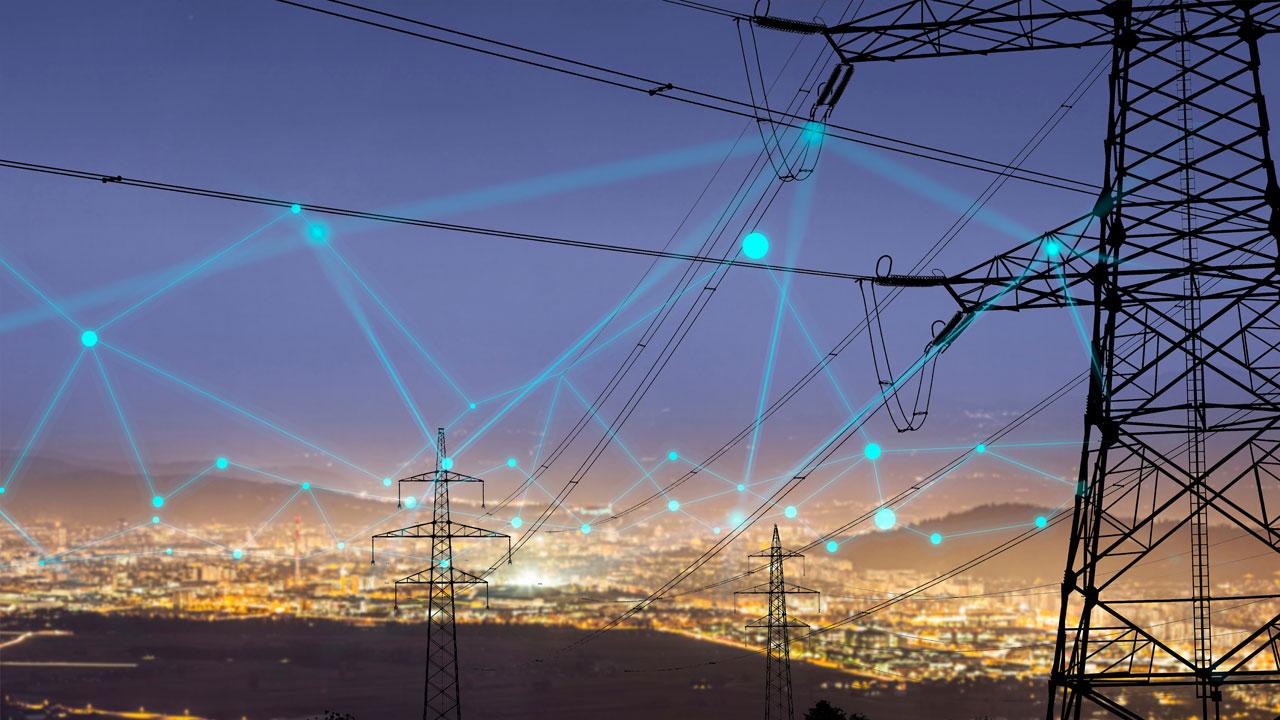Preparedness makes the difference in an emergency
Chaos or Calm?
Your facility’s vulnerability to different risks will vary. For example, wildfire risk depends on factors such as location, surrounding vegetation, and building materials.
Emergencies will happen. Planning how to respond to disasters is a necessary part of a workplace safety program. Wildfires are one example of a type of natural disaster that unfortunately is increasing in frequency, intensity, and severity in Canada.i
Natural Resources Canada says that apart from direct costs for wildfire suppression and response, indirect costs average around $500 million per year due to property loss and damages, business and industry disruptions, and recovering or rebuilding critical infrastructure and services.[i]
The lack of an emergency plan could lead to severe losses such as multiple casualties and possible financial collapse of the organization, says CCOHS[ii]. With an emergency plan that specifies procedures for handling sudden or unexpected situations, business can be prepared to:
- Prevent fatalities and injuries
- Reduce damage to buildings, stock, and equipment
- Protect the environment and the community
- Accelerate the resumption of normal operations
In this article, we’ll look at the overall steps manufacturers need to take for emergency preparedness.
Assess the risk of different types of emergencies
Examples of situations that would require an emergency response include fire, explosion, loss of power, flooding, earthquakes, weather extremes, wildfires, and pandemics.
Your facility’s vulnerability to these different risks will vary. For example, wildfire risk depends on factors such as location, surrounding vegetation, and building materials.
Address building and equipment vulnerabilities
In some cases, engineering controls can mitigate hazards and aid response procedures. For example, in areas with a higher risk of flooding, retrofitting enhanced drainage systems can minimize the possibility of water damage.
Since evacuation is a common emergency response, emergency lighting and exit signs should be in good working order and have necessary backup power. If some operations are critical, then comprehensive backup power systems should be installed.
Develop response protocols
For each type of emergency, define roles and responsibilities, along with necessary procedures such as the following:
- Building evacuation
- Equipment and facility shutdown
- Business continuity
- Ongoing emergency status communication
Conduct training and drills
Ensure that employees know how to evacuate the building and where to assemble safely. Train people on when to use a fire extinguisher, where they’re located, and on the PASS procedure:
– Pull the pin
– Aim the nozzle at the base of the fire
– Squeeze the handle
– Sweep from side to side
Emergency response preparations also require that necessary resources such as emergency supplies, communication equipment and personal protective gear are available and in good working order.
As with all safety protocols, emergency preparedness is an ongoing process that requires regular re-assessment and review. Employees who are confident that they know what do in an emergency will be more likely to remain calm . A controlled, purposeful response helps keep people safe.
[i] https://natural-resources.canada.ca/our-natural-resources/forests/wildland-fires-insects-disturbances/fighting-and-managing-wildfires-changing-climate-program/25123
[ii] https://www.ccohs.ca/oshanswers/hsprograms/planning.html





